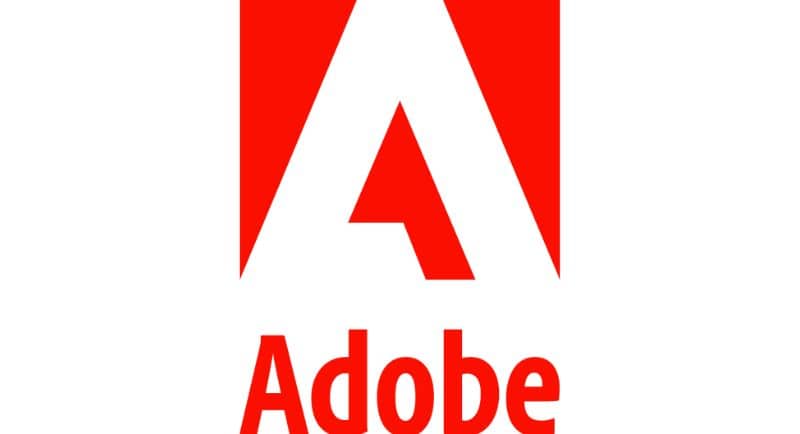By Duncan Egan, vice president digital experience marketing Asia Pacific and Japan, Adobe
It would be impossible to reflect on 2023 without talking about the rapid pace of innovation in generative AI, and the transformation it is bringing to the world of creativity, media and marketing.
The fusion of AI and storytelling brings forth a new era of personalised, real-time marketing, revolutionising the way brands connect with their audiences. This generative era will see greater demand for content that is tailored for the individual, made for many mediums and delivered within new immersive experiences. All fuelled by data and AI.
However, with the proliferation of AI-generated content, we need a way to be able to verify the provenance and authenticity of content. For years, trust in digital content has been eroding, caused by the rise of misinformation and manipulated content. With generative AI there is an urgent need to rebuild trust in digital content.

In response to the growing need for authentication and transparency of content, Adobe co-founded the Content Authenticity Initiative (CAI), a collaborative effort involving nearly 2,000 members including advertising, marketing, media and publishing organisations. All working together to ensure transparency and build trust for online content via secure metadata called “Content Credentials”.
Content Credentials are essentially a nutrition label for digital content. They can show information such as name, date and what tools were used to create a piece of content, as well as any edits that were made along the way. Content Credentials are a free, open-source technology that anyone can incorporate into their products and platforms. This helps consumers understand the content and its source. As the amount of content created with generative AI increases, we need to ensure transparency is ingrained in content allowing consumers to understand the ingredients of content and habitually check Content Credentials much like we look at nutrition labels on food.
Content Credentials will become the ‘norm’ as designers, marketers and creatives use it to show brand authenticity throughout the content lifecycle. Publicis Groupe is a great example of this, deploying Content Credentials across its worldwide network of designers, marketers, and creatives to demonstrate the content lifecycle and authenticate their creative work.
Transformative technology requires a thoughtful, responsible approach. As the industry embarks on this exciting journey of AI-driven storytelling, it’s important that brands also consider how they are enabling transparency to maintain trust.
See Also: Adobe: ANZ more worried than the rest of the world about data usage when it comes to generative AI
